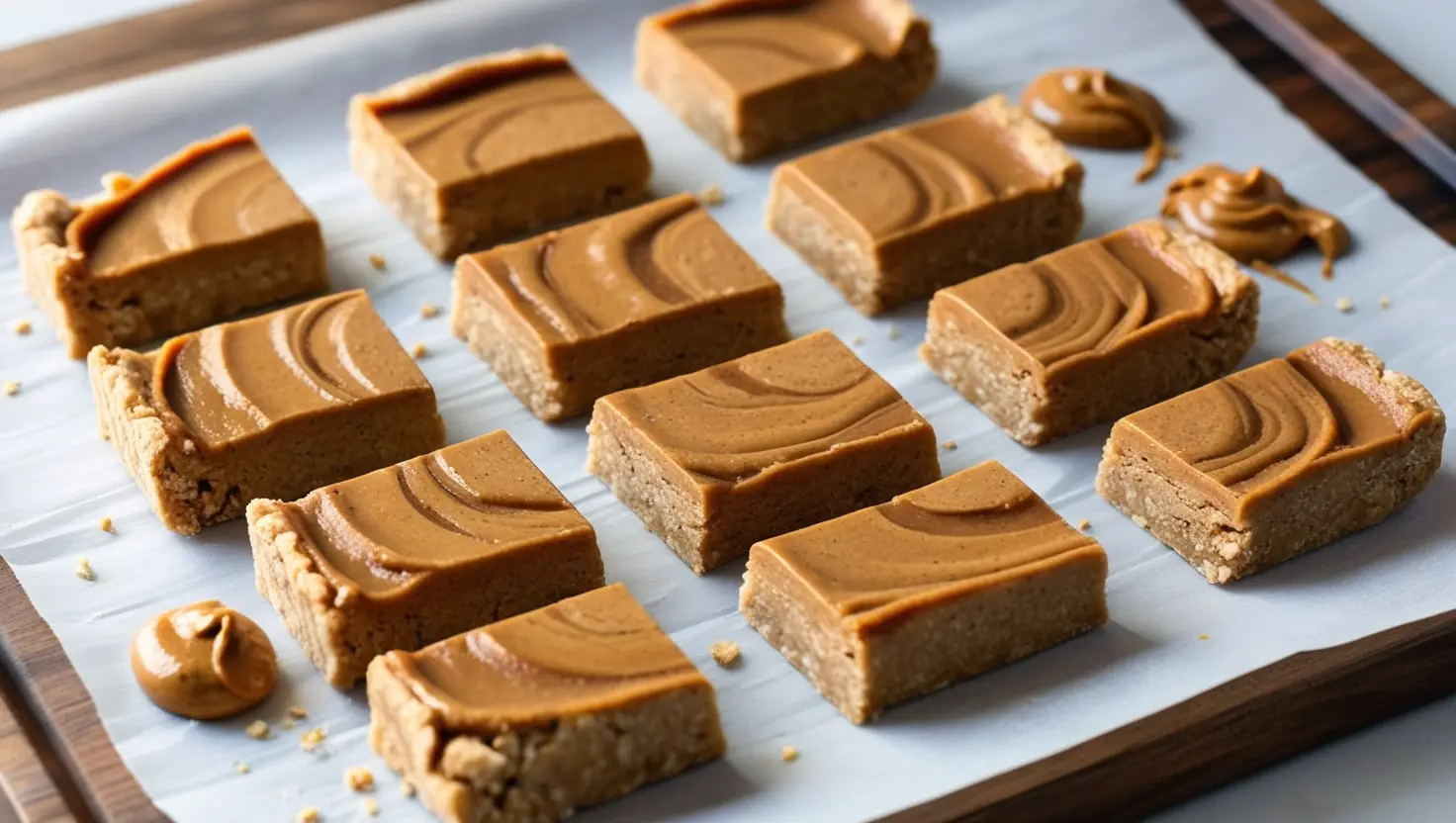Discover the best homemade gluten-free protein bars with our easy-to-follow recipes. Perfect for a healthy, high-protein snack that suits keto, vegan, and low-carb diets.
Table of Contents
Introduction
Are you tired of store-bought protein bars filled with hidden sugars and preservatives? Creating your own gluten-free protein bars at home can be a game-changer. Not only do you control the ingredients, but you also get to enjoy a delicious, nutritious snack that fits your dietary needs perfectly. Whether you’re following a keto, low-carb, or vegan diet, our guide will help you craft the perfect protein bar. Let’s dive into the world of homemade protein bars that are both healthy and satisfying!
Why Choose Gluten-Free Protein Bars?
1. Health Benefits
Gluten-free protein bars are an excellent choice for those with gluten sensitivities or celiac disease. They provide a safe, healthy option without risking digestive discomfort. Furthermore, these bars can be tailored to include beneficial ingredients like nuts, seeds, and natural sweeteners that support overall health.
2. Customization Options
Making protein bars at home allows for endless customization. You can experiment with various flavors, textures, and ingredients to suit your taste and dietary preferences. Whether you prefer a chewy, nutty bar or something smooth and chocolaty, the choice is yours!
3. Cost-Effective and Environmentally Friendly
Homemade protein bars are not only cheaper than store-bought alternatives but also reduce packaging waste, making them a more sustainable option.
Key Ingredients for Gluten-Free Protein Bars
1. Base Ingredients
- Nut Butter: Provides a creamy texture and healthy fats. Choose almond or peanut butter based on preference.
- Protein Powder: Opt for a gluten-free variety like pea protein or whey protein isolate.
- Sweeteners: Use natural options like honey, maple syrup, or stevia for a sugar-free alternative.

2. Add-Ins for Extra Nutrition
- Seeds: Chia, flax, or hemp seeds add omega-3 fatty acids and fiber.
- Nuts: Almonds, walnuts, or pecans contribute to a crunchy texture and healthy fats.
- Dried Fruit: Raisins, cranberries, or apricots provide natural sweetness and additional nutrients.
Step-by-Step Guide to Making Gluten-Free Protein Bars
Step 1: Gather Your Ingredients
Ensure you have all the necessary ingredients, including your choice of nut butter, protein powder, sweetener, and add-ins.
Step 2: Mix the Ingredients
In a large bowl, combine nut butter, protein powder, and sweetener. Mix thoroughly until the mixture reaches a dough-like consistency.
Step 3: Add Flavor and Texture
Incorporate your chosen add-ins, such as nuts and seeds. Mix until evenly distributed.
Step 4: Shape and Set
Press the mixture into a lined baking tray, smoothing the surface. Refrigerate for at least two hours until firm.
Step 5: Cut and Store
Once set, cut the mixture into bars. For up to two weeks, keep in the refrigerator in an airtight container.
Recipe Variations
1. Chocolate Almond Delight
Combine almond butter, chocolate protein powder, chopped almonds, and dark chocolate chips for a decadent treat.
2. Peanut Butter Banana Bliss
Use peanut butter, vanilla protein powder, and dried banana chips for a sweet, fruity flavor.
3. Coconut Cashew Dream
Blend cashew butter, shredded coconut, and vanilla protein powder for a tropical twist.
Storage Tips
To maintain freshness and texture, store your protein bars in the refrigerator or freezer. If you’re taking them on the go, pack them in a cooler to prevent melting or softening.
FAQs
1. Can I Use a Different Sweetener?
Yes, feel free to substitute with any low-carb or natural sweetener, adjusting the amount to your taste.
2. How Long Do These Bars Last?
They can last up to two weeks in the fridge or two months in the freezer.
3. What Protein Powder Works Best?
Choose a gluten-free protein powder such as pea, rice, or whey isolate for the best results.
4. Can I Skip the Protein Powder?
Yes, you can replace protein powder with additional nut butter or ground nuts for a similar texture.
5. Are These Bars Suitable for Keto?
Absolutely! Just ensure your sweetener and protein powder are low-carb and keto-friendly.
Conclusion
Making your own gluten-free protein bars is a rewarding and delicious way to ensure you’re getting the best ingredients without any unwanted extras. Whether you’re on a keto, low-carb, or vegan diet, these homemade bars offer a convenient, nutritious snack option that’s easy to make and customize. Try out the variations mentioned and find your favorite flavor!
Creating these bars at home not only supports a healthy lifestyle but also offers a tasty alternative to conventional snacks. Give it a go and transform your snacking habits with these homemade delights!

